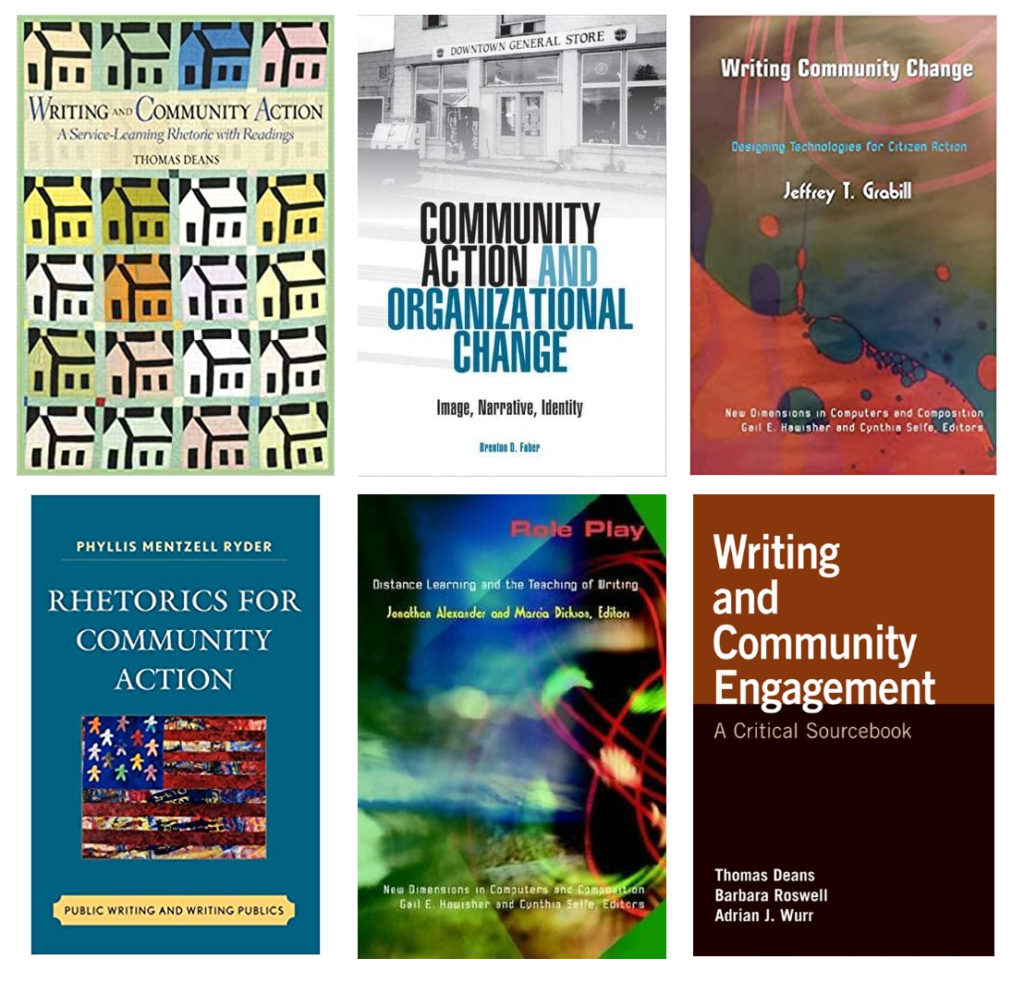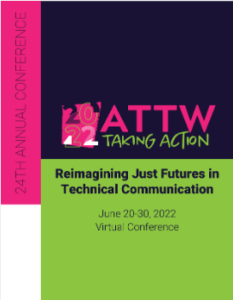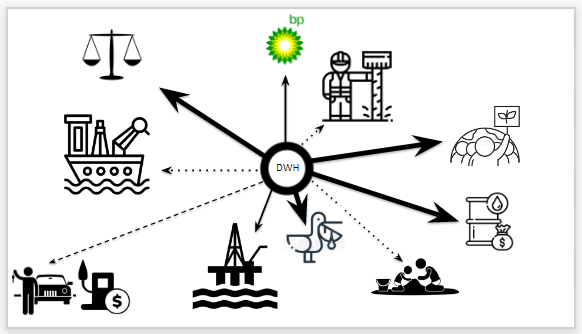It’s Okay to Use AI
July 27, 2024
 I was just thinking about the “Run the dishwasher twice” advice this early morning. I take it to also mean “It’s okay to run the dishwasher twice” when you just don’t have the energy to unload the 1/2 pile of dishes in there. It’s okay to add what’s on the counter and run it again.
I was just thinking about the “Run the dishwasher twice” advice this early morning. I take it to also mean “It’s okay to run the dishwasher twice” when you just don’t have the energy to unload the 1/2 pile of dishes in there. It’s okay to add what’s on the counter and run it again.
I apply this general concept to EVERYTHING (or at least I try to). The general idea to me is that it’s okay to take shortcuts, even if they may not be the ideal, best choice for you, your family, or the universe. I spent a few minutes this morning making myself some “Run the dishwasher twice” mini-posters to hang up and remind myself that it’s okay to do what you need to do, even if it’s not the most perfect choice in the universe. Believing that there’s only that ONE allowable way to do things is just perfectionism, and we all know perfectionism is the enemy of getting things done.
While in this “Run the dishwasher twice” headspace, I next picked up my to-do list of AI-related ethical scenarios that I’ve been working on. I’ve been using chatGPT to help me write these scenarios. Don’t get me wrong: They are my ideas and I edit the heck out of them. That said, I let AI brainstorm options, clean things up, and even do the HTML coding for me. It’s not that I can’t do all this myself. I’m simply using AI to speed up my productivity.
Of course, there’s a problem with all this. Those negative voices immediately showed up in my head. I frequently—VERY frequently—feel as if I’m cheating when I use AI. The kerfuffle over students using AI to cheat the system and plagiarize their way to graduation doesn’t help. I know that’s a ridiculous claim, but it’s still in my head. So when I go about using AI, I have this belief that I’m cheating the system. “Real” writers would never use such artificial shortcuts. “Real” writers would never use AI to create the images for their text. They would search for Creative Commons images. “Real” teachers would never, never use AI.
As I was sitting here in my self-loathing, telling myself that I could and should do better, my eyes glanced back over the “Run the dishwasher twice” mini-posters that I just made, that I haven’t even hung up yet. My remarkable voices shifted completely: “Stop it!” they said. “You’re just running the dishwasher twice. There’s nothing wrong with using AI to get things done.’ Sometimes my voices are super-freaking amazing.
So in case you’re in the “using AI is cheating” headspace, let me say this loud and clear:
It’s NOT cheating to use artificial intelligence to get things done. You’re using the tools you have at hand to get things done. Use it! Do your best work! Be your best you!
In fact, if you’re like me, a NTT teacher, you already have fewer resources and more to do than many colleagues for whom writing and research are required and supported. If you’re a person of color, a person with disabilities, a woman, or LBGTQ+, you historically have fewer resources and more demands on you. So take advantage of the tools you have available. What if you could write that code yourself or brainstorm a list of sample topics for your class? Let AI do that work so that you have time to mentor a student or colleague, pick up your child, or just take a deep breath. Run the dishwasher twice.
 You are a group of project managers in a software development company, FutureSoft, working on a highly anticipated video game. The company’s marketing team has heavily promoted a special in-game reward, a unique item referred to as “The Cake,” which players can earn after completing a series of challenging tasks and puzzles. “The Cake” has been touted as an exclusive, must-have item that offers significant in-game advantages and status.
You are a group of project managers in a software development company, FutureSoft, working on a highly anticipated video game. The company’s marketing team has heavily promoted a special in-game reward, a unique item referred to as “The Cake,” which players can earn after completing a series of challenging tasks and puzzles. “The Cake” has been touted as an exclusive, must-have item that offers significant in-game advantages and status.






 Ever since I looked at the review of Stuart Selber’s Multiliteracies for a Digital Age in
Ever since I looked at the review of Stuart Selber’s Multiliteracies for a Digital Age in